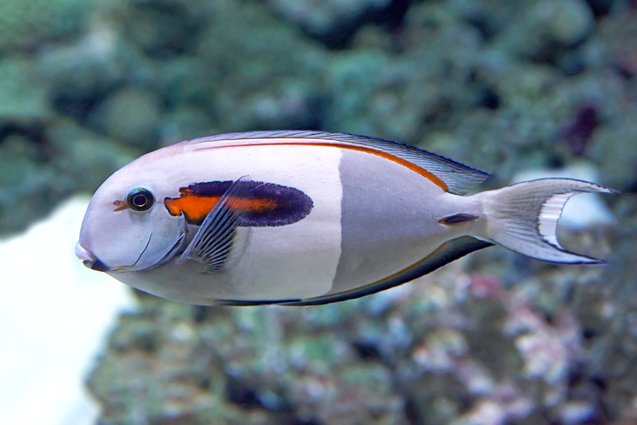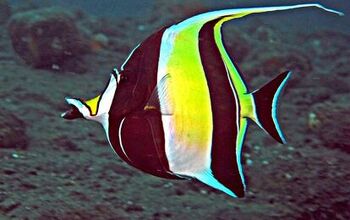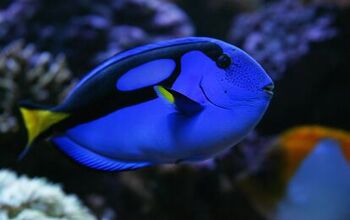Surgeonfish


About Surgeonfish
The species known as surgeonfish belong to the Acanthuridae family. This is the same family that contains tangs, unicornfish, and doctorfish so these names are somewhat interchangeable. Surgeonfish vary greatly in size from one species to another, though most stay within the 6 to 16 inch range, making them a small- to medium-sized fish. Though these are not some of the largest saltwater fish, they still require very large tanks (250 gallons or more because they are very active. Surgeonfish are generally very peaceful fish, often traveling and feeding in schools, so they can be kept with other surgeonfish as well as other non-aggressive species. Some species, however, are very aggressive – this is true for the Sohal Surgeonfish.
The species known as surgeonfish belong to the Acanthuridae family.
Surgeonfish are tropical saltwater fish that can be found in coral reefs in all of the world’s major seas and oceans except for the Mediterranean Sea.
Because there are so many different species of surgeonfish, their coloration is greatly varied. It is not uncommon for surgeonfish to exhibit vibrant colors and patterns with bright yellows, blues, reds, and greens as well as various shades of orange, pink, and purple. Where surgeonfish get their name is from the erectable razor-sharp spines along the base of the body near the tail fin which can be used as a defense mechanism.
Surgeonfish are a tropical group of fishes so they prefer very warm waters in the 72°F to 78°F range. These fish require very large tanks with plenty of swimming space and they should be decorated with hardy corals and live rock as well as fine gravel or live sand substrate. In terms of water conditions, surgeonfish prefer a slightly alkaline pH range between 8.1 and 8.4 is ideal with moderate hardness between 8 and 12 dKH.
Surgeonfish vary greatly in size from one species to another, though most stay within the 6 to 16 inch range.
Most surgeonfish follow a primarily herbivorous diet in the wild, feeding on a variety of plankton and algae. In the home aquarium, surgeonfish will graze from live sand and live rock, sometimes sifting through the sand for detritus as well. Many surgeonfish will accept meaty foods in the home aquarium if offered, though their main diet should be composed of plant materials.
Also read: Setting a Schedule for Routine Tank Maintenance
Surgeonfish often travel and feed in schools, so they sometimes spawn in schools as well. It is not uncommon for large groups of thousands of surgeonfish to gather near the full moon, spawning all at once in a great mass. Surgeonfish are pelagic spawners which means that they release buoyant eggs into the water column where they float freely until hatching.
There are approximately 82 species of fish belonging to the family Acanthuridae. Most species known as surgeonfish belong to the genus Acanthurus. Some of the most popular surgeonfish for the aquarium hobby include the following:
- Blue Tang Surgeonfish (Acanthurus coeruleus)
- Brown Surgeonfish (Acanthurus nigrofuscus)
- Eyestripe Surgeonfish (Acanthurus dussumieri)
- Orangespot Surgeonfish (Acanthurus olivaceus)
- Yellowfish Surgeonfish (Acanthurus xanthopterus)
- Sohal Surgeonfish (Acanthurus sohal)
- Clown Surgeonfish (Acanthurus lineatus)
Photo credit: DennisJacobsen/Bigstock; mirecca/Bigstock

Kate Barrington is the loving owner of two cats (Bagel and Munchkin) and a noisy herd of guinea pigs. Having grown up with golden retrievers, Kate has a great deal of experience with dogs but labels herself a lover of all pets. Having received a Bachelor's degree in English, Kate has combined her love for pets and her passion for writing to create her own freelance writing business, specializing in the pet niche.
More by Kate Barrington
























